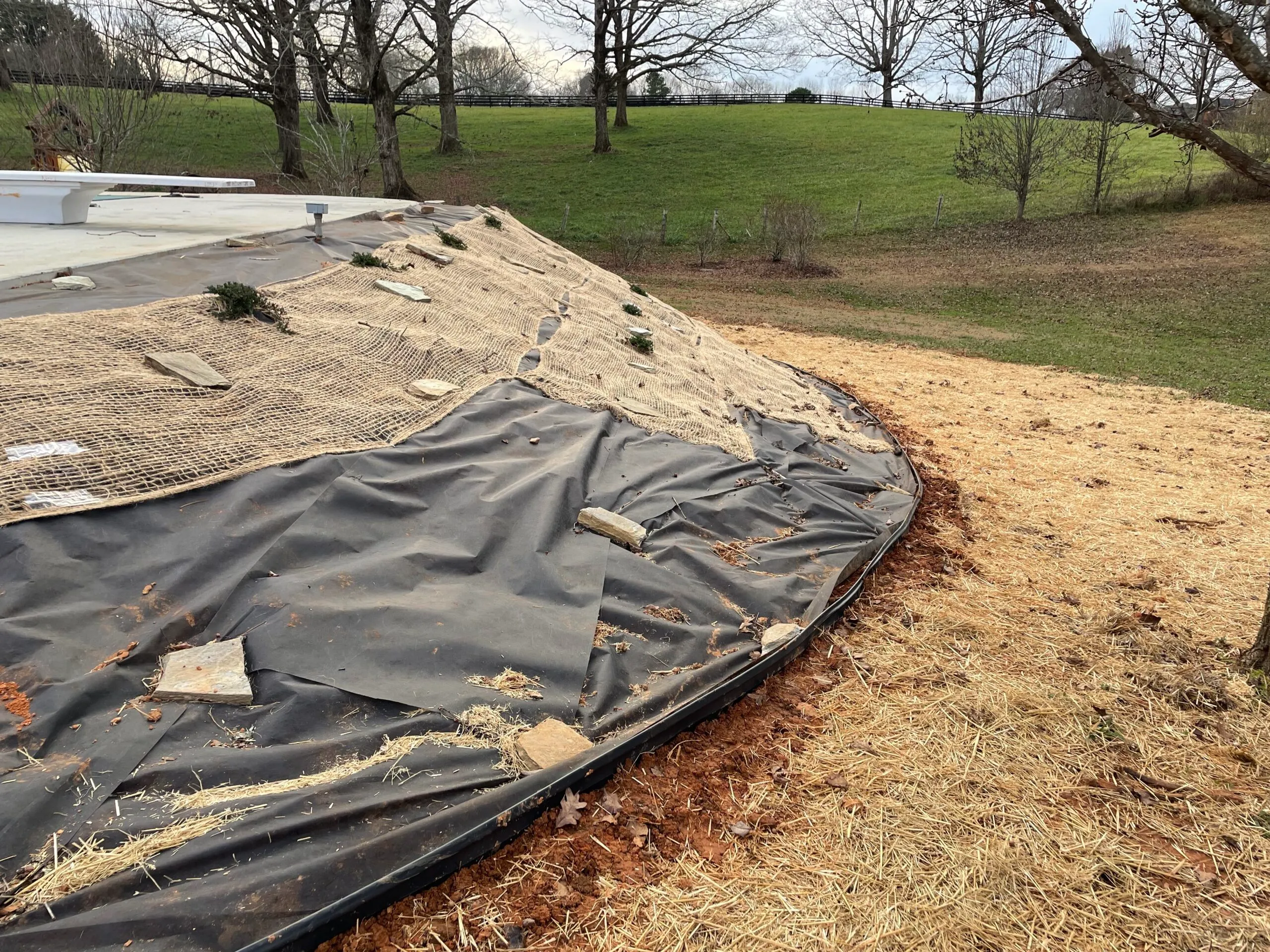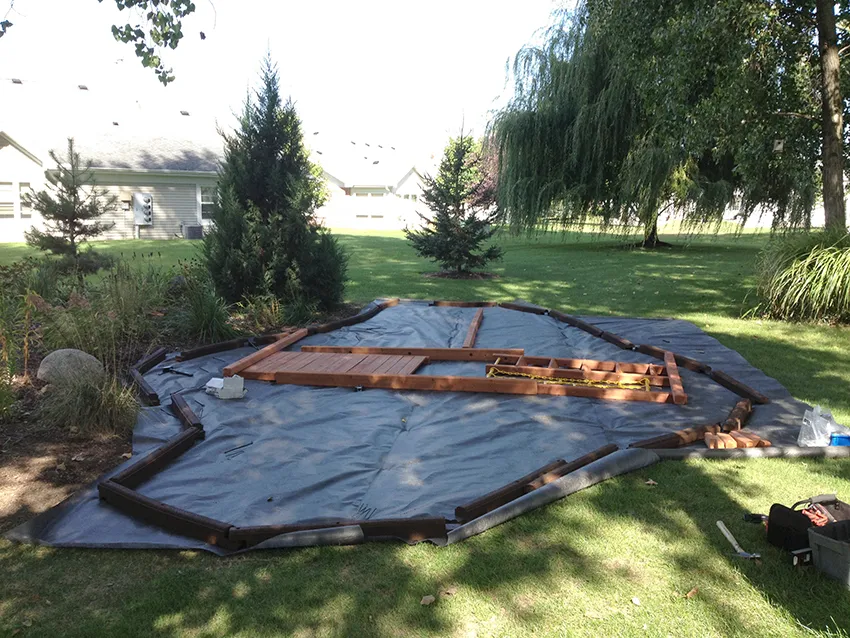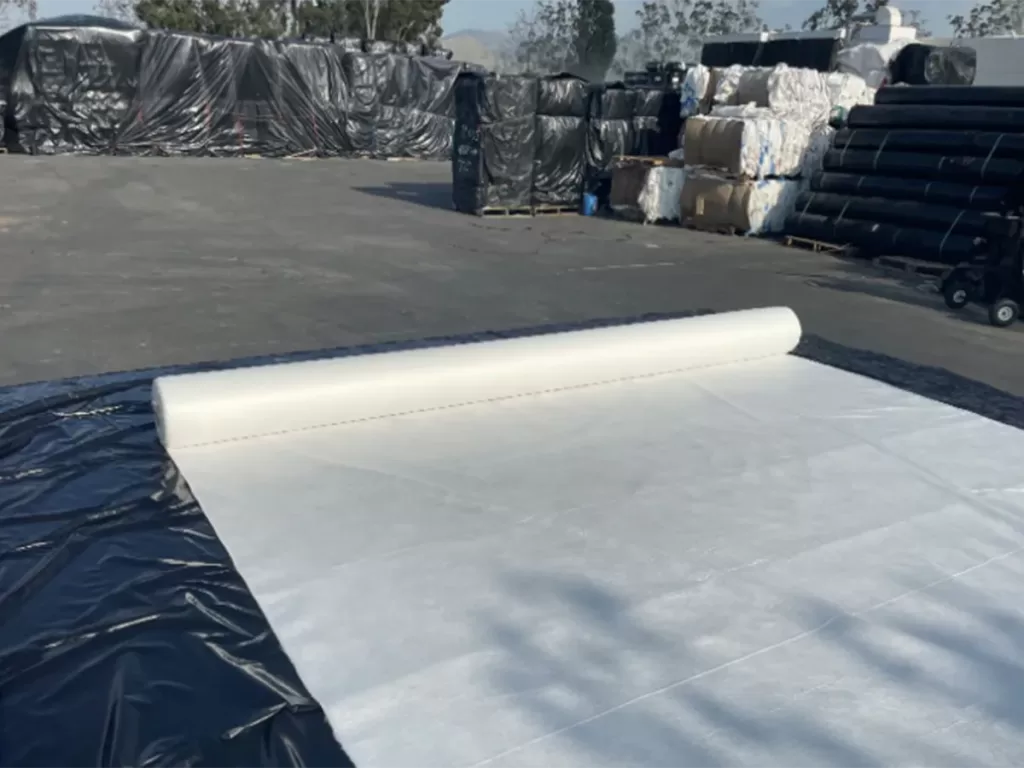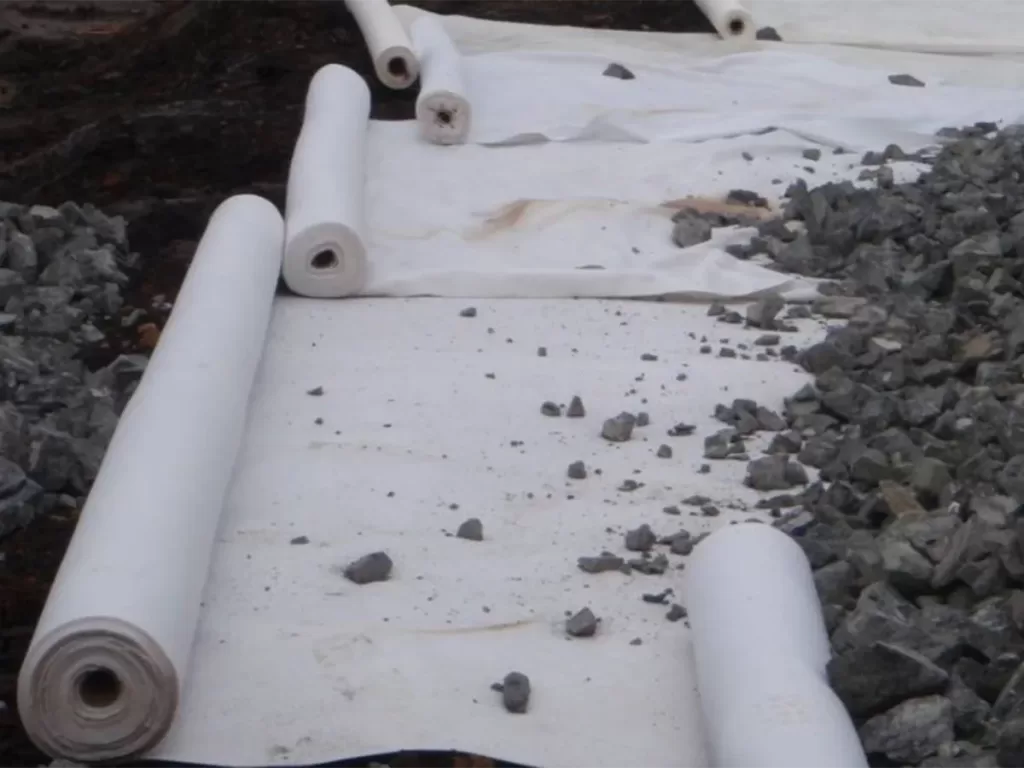+86-159 9860 6917
info@geofantex.com
geofantex@gmail.com
+86-400-8266163-44899
In the world of gardening, landscaping, and civil engineering, materials that lie beneath the surface play a crucial role in the health and stability of the projects. Among these materials, landscape fabric and geotextiles are often mentioned, sometimes interchangeably, leading to confusion. However, it’s important to understand that they are entirely different products, each with its unique properties and applications. This article aims to demystify these terms, exploring their types, differences, and specific uses in various applications, ensuring that the distinction between landscape fabric and geotextiles is clear and comprehensible.

What are the three types of geotextile fabric?
Geotextile fabrics, essential in the construction and landscaping industries, come in three primary types: woven, non-woven, and knitted, each with distinct manufacturing techniques such as woven, needle punched, and heat bonded. Woven Geotextiles are manufactured by weaving together synthetic fibers, creating a strong and robust fabric. These are mainly used for stabilization and reinforcement purposes, such as in road construction and erosion control projects. Non-Woven Geotextiles, on the other hand, are made by bonding materials together through specific processes like needle punching (a mechanical process) or heat bonding (a thermal process), along with chemical methods. This type is highly valued for its ability to allow water to pass through while keeping soil in place, making it ideal for drainage, filtration, and protection applications. Knitted Geotextiles are less common but are produced by interlocking yarns in a knitting process. They offer a specific set of properties that can be tailored for various specialized applications, including erosion control and reinforcement in certain types of projects.
Is filter fabric the same as geotextile?
Filter fabric is a term often used interchangeably with geotextile, but it primarily refers to the function rather than the material itself. Within this context, it’s important to note that the “geotextile” category includes both geo fabric and filter fabric. This distinction means that while all filter fabrics fall under the umbrella of geotextiles, designed specifically for filtration purposes, not all geotextiles serve as filter fabrics. The key distinction lies in the fabric’s intended use—filter fabrics are uniquely engineered to allow water to pass through while preventing soil erosion, sedimentation, and maintaining the stability of the structure, highlighting their specialized role within the broader geotextile category.

Does geotextile fabric let water through?
Yes, geotextile fabric is designed to allow water to pass through while preventing soil from doing so, embodying the principle that geotextiles are used to let water through. This permeability is a crucial feature, especially for non-woven geotextiles used in drainage and filtration systems. The fabric’s inherent ability to facilitate water movement helps manage runoff, reduces erosion, and maintains structural integrity by preventing the buildup of hydrostatic pressure. However, it’s important to note that the degree of water flow allowed varies depending on the fabric’s specific construction and material properties, ensuring that each geotextile can be suited to its intended application.
What is the difference between geotextile and geocomposite?
While geotextile refers to a fabric made from synthetic materials used for separation, filtration, reinforcement, protection, or drainage, geocomposite encompasses a broader range of materials. A geocomposite consists of a combination of one or more geosynthetics, specifically a geogrid, a geotextile, a geomembrane, and/or a geonet, with another material. This engineered material combines geotextiles with other materials like geonets, geomembranes, or geogrids to offer multifunctional solutions. Essentially, a geocomposite leverages the benefits of different materials, providing a combination of functions such as drainage and reinforcement in a single product. This integration makes geocomposites highly versatile and efficient for specific applications where multiple functions are required, enhancing their utility in various engineering projects.
Understanding the nuances between landscape fabric and geotextile, as well as the specific types and functions of geotextiles, is crucial for selecting the right material for your project. Whether it’s for gardening, landscaping, or large-scale civil engineering works, knowing the differences, capabilities, and applications of these materials can lead to more effective and sustainable outcomes.



Get Free Sample
We’ll respond as soon as possible(within 12 hours)






















